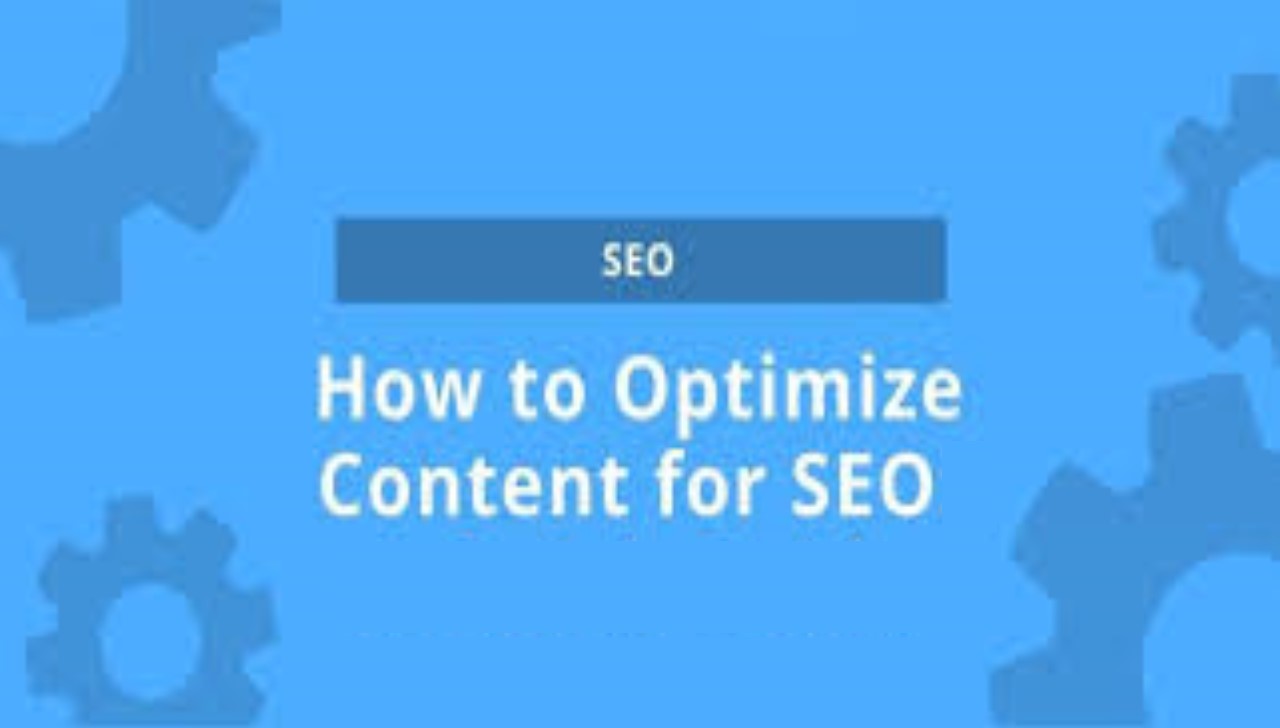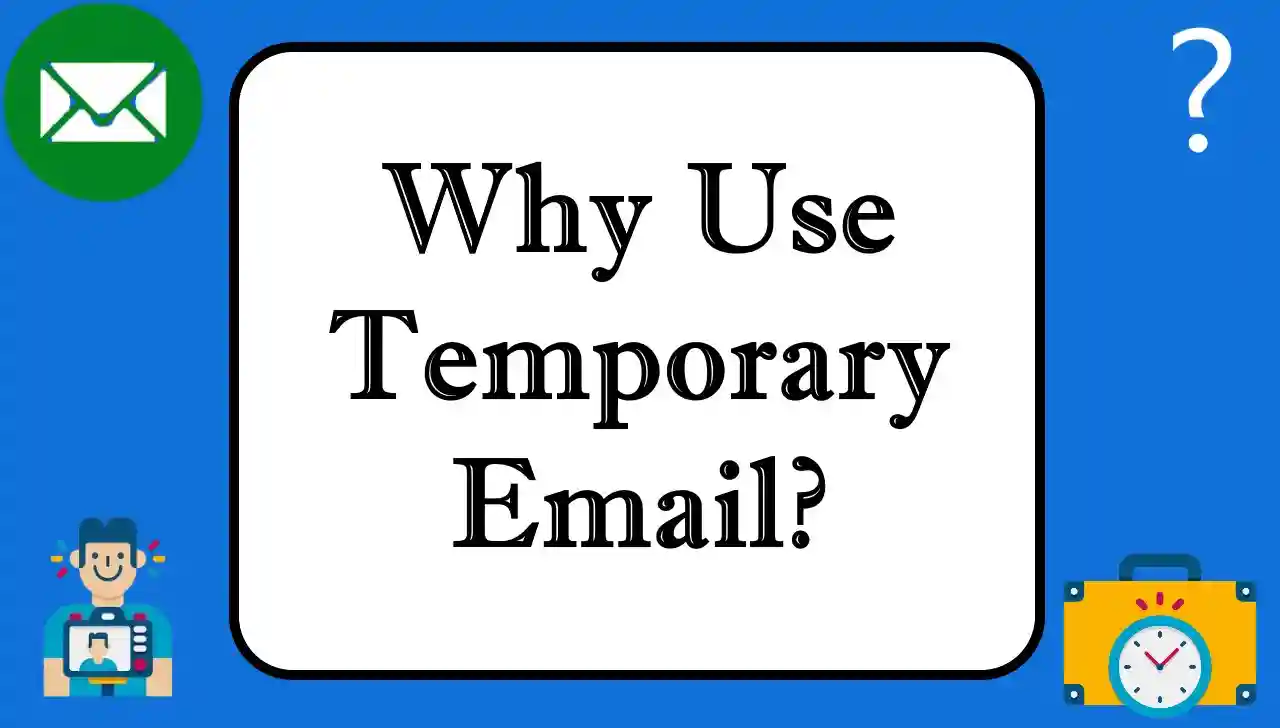These days SEO is the secret to getting traffic to your website in the digital era. And if you are just writing content, and not optimizing for SEO, then you could be losing out on valuable organic traffic. The most important method to have your content be high in the rankings on Google is SEO. This article will discuss content optimization best practices that will make sure your articles, blogs and websites are working at maximum efficiency.
1. Find Out About Your Users and Keywords!
Know Who You Are Writing For and What They’re Looking For Before You Write Content. Every SEO campaign starts with keyword research.
Keyword Research Tips:
- Use SEO resources such as Google Keyword Planner, Ahrefs or SEMrush to find keywords related to your topic.
- Concentrate on long-tail (phrases with 3+ words) because they’re usually less competitive and more specific.
- Prioritize search intent. Are they searching for content, either informational, transactional or navigational? Prepare content specifically for them.
With the right keywords, you will have a content that’s searchable for users and can improve your chances of being on the top of the search engine results pages (SERPs).
2. Craft High-Quality, Engaging Content
Google rewards users who have something of value. It’s a SEO secret that you must make sure you have good quality, relevant content answering your readers’ questions or helping them solve their issues.
Best Practices for Quality Content:
- Human readers first: SEO is great, but write something that will be interesting and easily digestible for your readers.
- Make it simple: Do not use gibberish and your message should be simple to read.
- Cover the whole topic: You want to be able to cover all the ground. Google likes rich content where you cover all possible questions the users might have regarding a topic.
Image, infographic, videos and multimedia content are better for user experience and page views as well.
3. Optimize On-Page SEO Elements
On-page SEO: The SEO of single web pages in order to rank high and receive more targeted traffic. These are the main on-page SEO points you need to think about:
Title Tag
This is your title tag which is one of the top ranking parameters. : it should be descriptive, brief, and have your key phrase in it (usually in the top part).
Meta Description
Meta description — It should contain a concise description of what you are selling. It doesn’t impact ranking but it does impact click-through rates. Do not use meta descriptions with any nastiness, they can be very keyword-rich and pull people to click on your link.
Headings (H1, H2, H3)
Write under proper headings (H1 title, H2 subheading, H3 subsection) and arrange your contents. This helps users and search engines see the order of information more clearly.
URL Structure
Write plain-English and keyword-rich URLs that are legible. For instance, instead of a URL like www.example.com/post-12345, try something like www.example.com/how-to-optimize-your-content-for-seo.
Internal Linking
Links from other pages of your site allow crawlers to index your pages and users can find their way around. Take care with internal linking, and make sure that those links are related to the content.
4. Optimize Content for Readability
A digestible content gets higher rankings as it improves UX. How to make your copy more readable:
- Use short paragraphs and sentences.
- Add bullet points or list of items.
- Stay with a simple language and do not be complex at all.
- Choose a responsive template so your content will display well on all devices (phone, tablet, desktop).
And don’t forget readability apps such as Hemingway App or Grammarly to make your text followable.
5. Mobile Optimization
Almost 50% of all website traffic on the internet comes from mobile devices in 2023. Google also indexes with mobile-first indexing, that is, indexes and ranks only your website in mobile devices.
Best Practices for Mobile Optimization:
- Make sure your website is responsive, that is it will scale according to the size of the screen.
- Optimize loading speeds. The mobile users use the slower networks, so a lightning-fast website is a must.
- You want buttons and links that are clicked and text that is zoomed.
6. Improve Page Loading Speed
Page speed is also another SEO essential. An unresponsive website will make people angry and bounce, which will hurt your rankings. You can check loading speed and tweak with Google PageSpeed Insights.
Tips to Improve Page Speed:
- Reduce file size and quality without any quality loss on images.
- Limit HTTP requests if you don’t need as many elements (scripts, images, etc.) on your page.
- Use browser caching to cache part of your website on visitors’ browsers so it takes less time to load the next time.
7. Use Structured Data (Schema Markup)
Organized data makes search engines know what your page contains and can rank you higher with rich snippets (e.g., ratings, images, etc.). Schema markup on your content will get you found in SERPs and get you clicks.
Types of Schema Markup:
- Article Template: For Blog posts or Articles.
- Product Schema: For E-Commerce Product Pages.
- FAQ Schema: For FAQ pages to appear in search.
8. Optimize for Voice Search
Voice search has also exploded as we have Siri, Alexa and Google Assistant virtual assistants. You can be ahead of the game if you write content that works for voice search.
Voice Search Optimization Tips:
- Search with natural words: Voice searches are more natural, so use words in conversation.
- Answer them directly: Many voice search requests are questions (e.g., "How to optimize my content for SEO?").
- Do Local SEO, because a lot of voice searches are location based.
9. Incorporate Social Media Signals
Social media shares aren’t SEO factors, but if they’re bringing people to your content, you can expect higher rankings.
romote your post on social media and ask your followers to share.
Social Media Best Practices:
- Post your posts on Facebook, Twitter, LinkedIn, and Instagram frequently.
- Boost user interaction through comments, shares and likes.
- Social sharing buttons can be included in your post for the users to share easily.
10. Keep Up with Your SEO Score and KPIs
SEO is not something that can be done one time but always. After optimizing your content, you have to monitor and measure its performance to see what works and what doesn’t.
Tools for Tracking SEO Performance:
- Track traffic, bounces and user action using Google Analytics.
- Google Search Console: Get the statistics on how your website ranks for searches such as keyword rankings and click-through rates.
You can see what SEMrush or Ahrefs says about your backlinks and SEO performance in great detail.
Conclusion:
The process of SEO optimisation is never finished, but these SEO best practices will take you on the right path to rank higher in search results and get more organic traffic. With proper content, keyword research, on-page SEO and mobile and faster website, you can optimize your website to be more visible and able to reach more people. Just keep optimizing, stay on top of SEO trends and your pages will keep ranking in search results.




